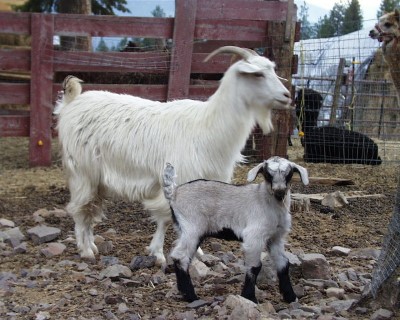A cashmere goat, belonging to any breed that produces cashmere wool, is highly valued for its fine, soft, downy winter undercoat, which is coveted for commercial use in luxury textiles and apparel. The name "cashmere" originates from the region of Kashmir, nestled within the wild and mountainous landscapes of India and Pakistan, although historically, the fiber was sourced from Tibet and woven into fabric in Kashmir.
During the 15th century in India, the cashmere industry thrived, employing over 50,000 individuals in the intricate processing of cashmere fibers. However, it wasn't until the 19th century that a significant advancement in cashmere production occurred. Scottish manufacturer Joseph Dawson pioneered the first mechanical method for separating the fine down fibers of the goat's fleece from the coarser outer hairs. This breakthrough led to a shift in cashmere manufacturing to Scotland, marking the advent of the modern era of fine cashmere knitwear.
In the United States, cashmere production emerged as a burgeoning industry in the late 1980s, with the importation of Cashmere goats from Australia and New Zealand. Since then, numerous Cashmere breeders and growers have dedicated efforts to cultivate breeding stock, laying the foundation for the growth of this nascent industry in the US. Cashmere goats are typically sheared once a year, with a mature adult buck capable of yielding up to 2.5 pounds of fleece. The fleece consists of two distinct types of fiber: the prized cashmere, known for its exceptional softness and insulating properties, and the coarser guard hair.
